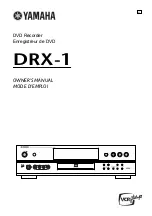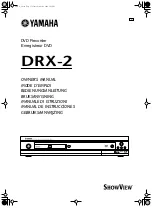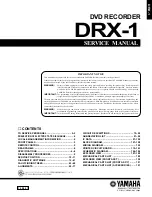
Page
23
of
29
Generate reference tone in your mixer to zero VU level on an analog board, or appropriately lower on a
fully digital unit; and read the corresponding levels on the Tascam. They should read around –20dB to
–15dB.
If the line level input to the Tascam reads too low, you can adjust it by going to the System Setup screen
and selecting a different Ref Level.
Use the Channel Setup screen to rename your Tascam tracks for easy identification, such as: Mix,
Boom1, Boom2, Sink (location of a planted mic), Joe, Mary, and so on.
On Channel 1, which represents the live mixdown, you want to send its output over to the 2MIX master
LR tracks. If it is a monaural mix, go ahead and center the pan pot so that the single track mixdown can
be heard on both master LR tracks. If you are recording a 2-track mixdown from your mixing panel, then
go ahead and send each of them respectfully to only L100 or R100.
Otherwise, use your external mixing board as you normally would. Connect your boom operator to an
Aux Out or Comm Out, connect your wireless monitoring system (for the Director, Script, et al) to their
Aux Out, and so on.
Remember, use the trim/gain pots on your mixer to adjust the output level for the iso’s being sent to
the Tascam. Use the faders to open, close, and adjust the levels of each mic in your live mix. Very often,
an actor’s lavalier might not be used in the mix, but will still be present in its entirety on the iso track,
should the editors want to access it in the future.
Note that it is beyond the scope of this users guide to explain to the novice all of the basic
functions of portable mixing panels and how they are used for film and video production. This
guide assumes that you are already familiar with the workings of whichever make and model of
the particular external mixing board that you intend to use with the Tascam recorder.







































